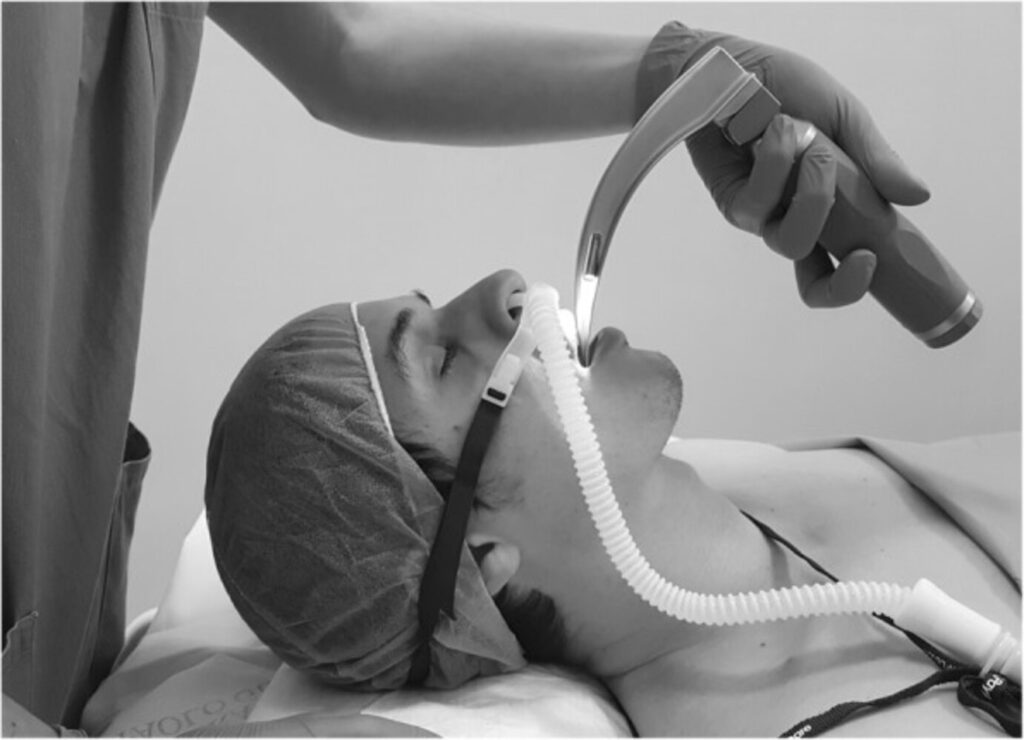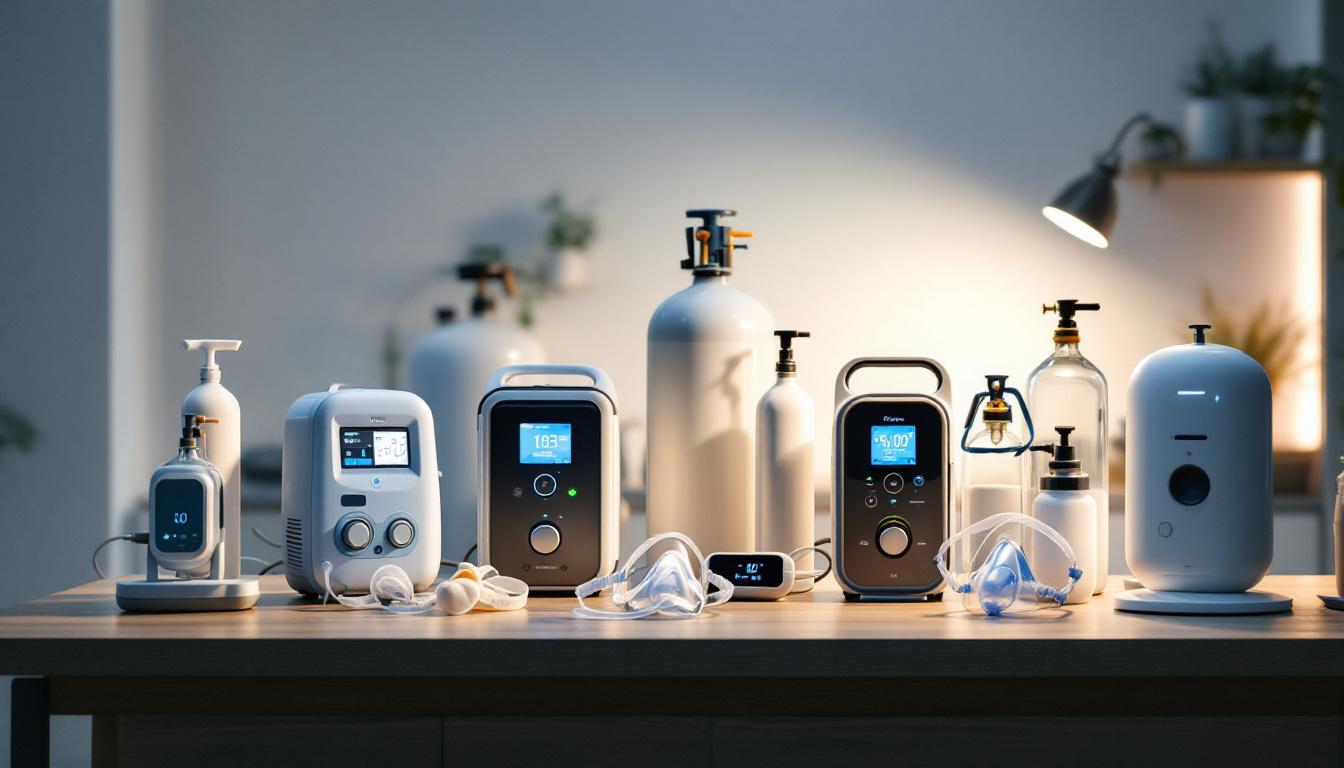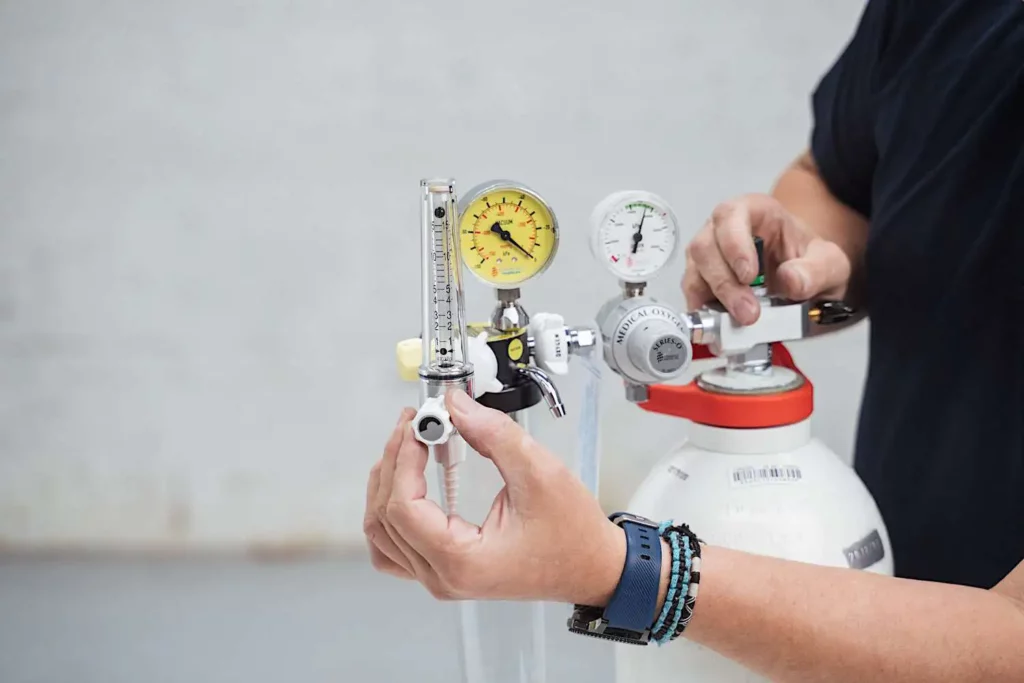Oxygen therapy is a critical component of treatment for various respiratory conditions, providing essential support to individuals who struggle with breathing. As healthcare continues to evolve, the ability to administer oxygen therapy at home has become increasingly accessible, allowing patients to maintain their quality of life while managing their health. This guide aims to provide a comprehensive understanding of oxygen therapy at home, discussing its benefits, types of equipment, and essential safety measures.
What is Oxygen Therapy?
Oxygen therapy involves the administration of oxygen to individuals who have low levels of oxygen in their blood. This therapy is commonly prescribed for conditions such as chronic obstructive pulmonary disease (COPD), pneumonia, asthma, and other respiratory disorders. By increasing the amount of oxygen available to the body, oxygen therapy can alleviate symptoms, improve overall health, and enhance the quality of life.
Oxygen therapy home can significantly enhance the quality of life for individuals with respiratory conditions. By understanding the types of equipment available, the setup process, and essential safety measures, patients can effectively manage their therapy and maintain their independence. As always, consulting with healthcare professionals is crucial to ensure that oxygen therapy is tailored to individual needs and is used safely. With the right support and knowledge, patients can navigate their oxygen therapy journey with confidence.
How Oxygen Therapy Works
The human body requires a specific concentration of oxygen to function effectively. When oxygen levels drop, the body struggles to perform essential processes, leading to fatigue, confusion, and other health issues. Oxygen therapy works by delivering supplemental oxygen through various methods, ensuring that the body receives the necessary amount to maintain optimal function. These methods can include the use of nasal cannulas, face masks, or even portable oxygen tanks, allowing for flexibility in treatment and enabling patients to maintain their daily routines.

Benefits of Oxygen Therapy
Oxygen therapy offers numerous benefits, particularly for those with chronic respiratory conditions. Some of the key advantages include:
- Improved Breathing: By increasing oxygen levels, patients often experience easier and more efficient breathing.
- Enhanced Quality of Life: Oxygen therapy can help individuals engage in daily activities with greater ease, reducing fatigue and improving overall well-being.
- Better Sleep: Many patients find that oxygen therapy helps them sleep more soundly, as it alleviates breathing difficulties that may disrupt rest.
In addition to these benefits, oxygen therapy can also play a crucial role in the management of acute medical emergencies. For instance, in cases of carbon monoxide poisoning or severe asthma attacks, immediate oxygen supplementation can be life-saving. Furthermore, ongoing research is exploring the potential of oxygen therapy in treating other conditions, such as heart failure and certain forms of cancer, indicating its versatility and importance in modern medicine. This evolving understanding of oxygen therapy underscores its significance not only in chronic disease management but also in acute care settings, where timely intervention can drastically alter patient outcomes.
Moreover, the psychological impact of oxygen therapy should not be overlooked. Many patients report feeling a sense of empowerment and relief when they are able to breathe more easily, which can significantly enhance their mental health. The ability to participate in social activities, pursue hobbies, and maintain independence can lead to a more fulfilling life. As healthcare providers continue to refine and personalise oxygen therapy protocols, the focus on holistic patient care is becoming increasingly prominent, ensuring that both physical and emotional well-being are addressed in treatment plans.
Learn more on: How to Choose an Oxygen Compressor for Home Use
Types of Oxygen Therapy Equipment
When it comes to oxygen therapy at home, various types of equipment are available to suit individual needs. Understanding these options is crucial for selecting the most appropriate system.

Oxygen Concentrators
Oxygen concentrators are devices that extract oxygen from the surrounding air, concentrating it for therapeutic use. They are often preferred for home use due to their portability and continuous supply of oxygen. Modern concentrators are designed to be user-friendly, featuring digital displays and alarms to alert users to any issues. Learn more about portability on https://www.ohsu.edu/information-technology/health-insurance-portability-and-accountability-act-hippa
Portable Oxygen Tanks
Portable oxygen tanks are another option for home oxygen therapy. These tanks store compressed oxygen and can be used when patients are on the go. While they provide a reliable source of oxygen, they require regular refilling and careful handling to ensure safety.
Liquid Oxygen Systems
Liquid oxygen systems store oxygen in a liquid state, which is then converted to gas for use. These systems are typically more lightweight than tanks and can provide a larger volume of oxygen. However, they require specific handling and storage procedures due to the extremely low temperatures involved.
Setting Up Oxygen Therapy at Home
Setting up oxygen therapy at home involves several steps, including obtaining a prescription, choosing the right equipment, and ensuring proper installation and maintenance.
Consulting with Healthcare Professionals
Before starting oxygen therapy, it is essential to consult with a healthcare provider. They will assess the patient’s condition, determine the appropriate oxygen levels needed, and provide a prescription. This step is vital to ensure that therapy is tailored to individual health needs.
Choosing the Right Equipment
Based on the healthcare provider’s recommendations, patients can select the most suitable oxygen delivery system. Factors to consider include the severity of the condition, lifestyle, and personal preferences. It is crucial to choose equipment that is both effective and manageable for daily use.
Installation and Training
Once the equipment is selected, it must be installed correctly. Many suppliers offer delivery and setup services, ensuring that the system is functioning properly. Additionally, patients and caregivers should receive training on how to operate the equipment safely and effectively, including understanding flow rates, changing tanks, and recognising alarms.
Safety Considerations for Home Oxygen Therapy
While oxygen therapy is generally safe, certain precautions must be taken to minimise risks and ensure the well-being of patients and those around them.
Fire Safety
Oxygen is highly flammable, making fire safety a paramount concern in homes where oxygen therapy is used. Patients should avoid smoking or using open flames near oxygen equipment. It is also advisable to keep oxygen tanks and concentrators away from heat sources and to ensure that the area is well-ventilated.
Proper Storage and Handling
Oxygen tanks should be stored upright and secured to prevent tipping. They must be kept in a cool, dry place, away from direct sunlight. Regular checks should be conducted to ensure that tanks are not damaged and that the equipment is functioning correctly.
Monitoring Oxygen Levels
Patients using oxygen therapy should regularly monitor their oxygen levels, as prescribed by their healthcare provider. This may involve using a pulse oximeter, a simple device that measures blood oxygen saturation. Keeping track of oxygen levels helps to ensure that therapy remains effective and allows for timely adjustments if needed. To learn more about saturation click here.
Common Myths about Oxygen Therapy
Despite its widespread use, several misconceptions about oxygen therapy persist. Addressing these myths is essential for promoting understanding and encouraging patients to seek the care they need.
Myth 1: Oxygen Therapy is Only for Severe Cases
Many people believe that oxygen therapy is only necessary for those with severe respiratory conditions. However, it can be beneficial for individuals with mild to moderate symptoms as well. Early intervention can prevent further deterioration of health and improve overall quality of life.
Myth 2: Oxygen Therapy is Addictive
Another common misconception is that oxygen therapy can lead to dependency. In reality, oxygen therapy is a supportive treatment designed to assist those with respiratory issues. It does not create a dependency, and patients can safely use it as prescribed.
Myth 3: Home Oxygen Therapy is Complicated
Many individuals may feel intimidated by the thought of managing oxygen therapy at home. However, with proper training and support from healthcare providers, patients can learn to use their equipment confidently and effectively. Modern devices are designed to be user-friendly, making home therapy more accessible than ever.
Conclusion
As the landscape of healthcare continues to evolve, the importance of home-based treatments like oxygen therapy cannot be overstated. By embracing these advancements, individuals can take charge of their health and enjoy a better quality of life.

